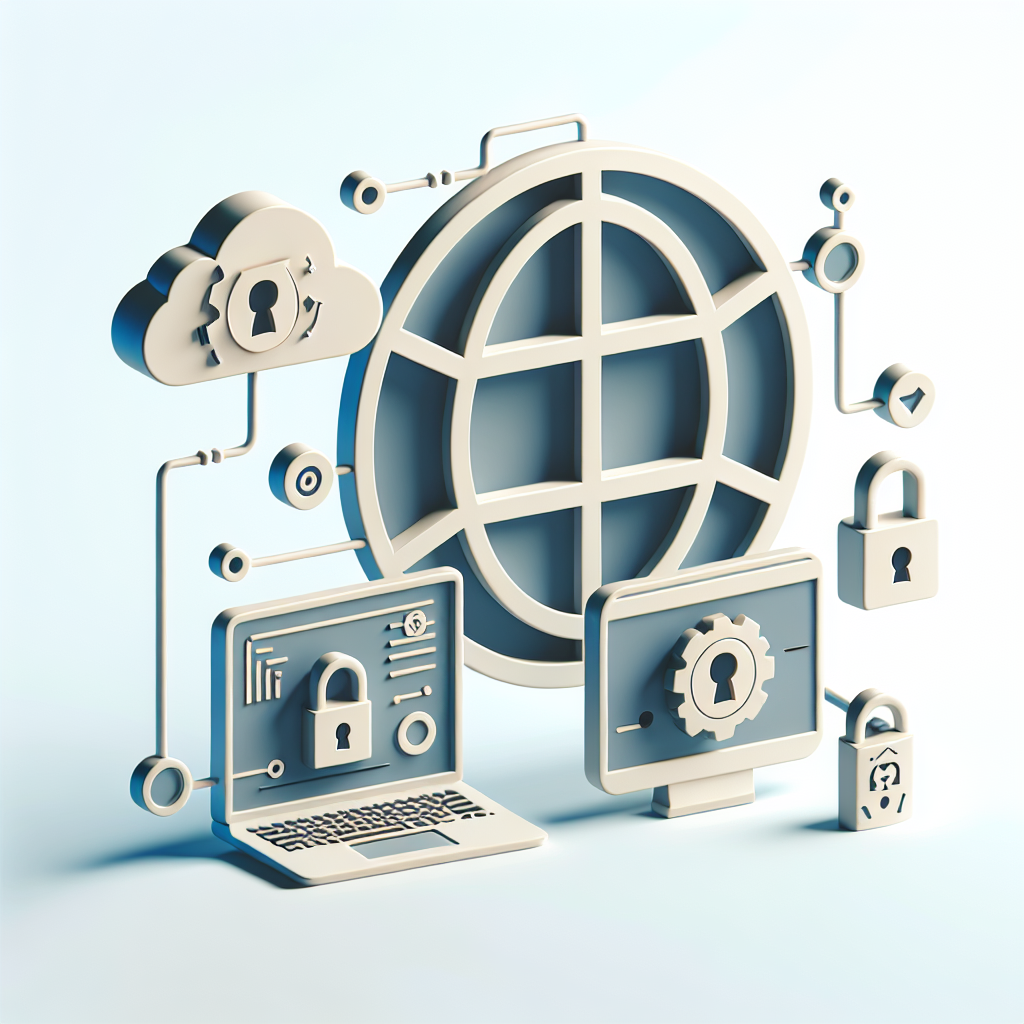
Remote work offers flexibility and cost savings, but it also opens the door to a range of cyber threats. Understanding these risks and applying practical safeguards can keep your data safe while your team works from anywhere.

Malware, ransomware, phishing, and social‑engineering attacks are the most common. Hackers exploit weak devices, unsecured networks, and human error to gain access to corporate data. The shift to remote work has increased the attack surface, making it easier for threat actors to target employees individually. Companies that lack proper controls often see data breaches originating from home offices. Continuous monitoring and employee education are essential to reduce these risks.
Personal laptops and smartphones often miss enterprise‑grade encryption, patch management, and antivirus protection. Without centralized controls, outdated software can contain vulnerabilities that attackers exploit. Employees may store corporate credentials alongside personal accounts, creating a single point of failure. When a personal device is lost or stolen, sensitive data can be exposed instantly. Enforcing a BYOD policy that requires encryption and regular security updates mitigates this danger.
Public Wi‑Fi networks are typically unencrypted, allowing attackers to sniff traffic and capture credentials. Man‑in‑the‑middle attacks can inject malware or redirect users to phishing sites. Over half of U.S. workers trust public Wi‑Fi, despite the high risk. Using a VPN encrypts all traffic, rendering eavesdropping ineffective. Always connect through a corporate‑approved VPN before accessing any business resource.
Start by changing the router’s default admin password to a strong, unique phrase. Enable WPA2 or WPA3 encryption and disable WEP or open networks. Regularly update firmware to patch known vulnerabilities. Consider limiting access to known MAC addresses and creating a separate guest network for visitors. These simple actions dramatically reduce the chance of unauthorized access.
Antivirus software provides real‑time detection of malware, ransomware, and suspicious files. A VPN creates an encrypted tunnel, protecting data in transit from interception. Together they form a layered defense: the VPN secures the connection, while the antivirus safeguards the endpoint. Ensure both solutions are centrally managed and updated automatically. This combination blocks most common remote‑work threats.
A robust BYOD policy mandates device encryption, strong passwords, and automatic OS updates. It requires installation of approved security suites and a corporate VPN for all connections. The policy should define acceptable use, data handling, and procedures for lost or stolen devices. Regular compliance checks help enforce the rules. Clear communication and employee buy‑in are critical for success.
Regular phishing simulations teach staff to recognize suspicious emails and links. Provide quick reference guides on how to verify sender authenticity and report incidents. Reinforce the habit of checking URLs, hovering over attachments, and never sharing credentials. Combine training with real‑time alerts from email security tools. Over time, a vigilant workforce becomes the strongest line of defense.
MFA adds a second verification step, making credential theft far less effective. Even if a password is compromised, an attacker still needs a physical token or biometric factor. Implement MFA for all remote access points, including VPN, cloud apps, and email. Choose methods that balance security with user convenience, such as push notifications or hardware tokens. MFA dramatically reduces the likelihood of successful breaches.
Cloud services are often accessed with shared credentials, which can be weak or reused. Misconfigured permissions may expose sensitive files to the public internet. Implement strict access controls, enforce MFA, and regularly audit sharing settings. Use encryption for data at rest and in transit. Monitoring tools can alert you to unusual download activity.
Ensure every device runs antivirus, VPN, and the latest OS patches. Verify that home Wi‑Fi uses WPA2/WPA3 encryption and a strong router password. Enforce strong, unique passwords and enable MFA on all accounts. Apply a comprehensive BYOD policy and conduct regular security awareness training. Finally, use Palisade’s Email Security Score to assess email authentication health.
Leverage Palisade’s Email Security Score to get a real‑time view of DMARC, DKIM, SPF, and BIMI compliance. The dashboard highlights misconfigurations and suggests remediation steps. Continuous monitoring catches gaps before attackers can exploit them. Pair the score with automated alerts for any policy changes. This proactive approach keeps your email ecosystem secure.
Use Palisade’s DMARC analyzer to enforce domain‑level protection against spoofing. The DKIM validator ensures message integrity. SPF checks verify that sending servers are authorized. Finally, the BIMI viewer adds brand logos to authenticated emails, boosting trust. Together these tools create a strong email authentication framework for remote teams.
Remote work can be secure when you combine technology, policy, and education. By following the checklist and using Palisade’s suite of email‑security tools, organizations can protect their data without sacrificing flexibility. Stay proactive, keep software updated, and continuously train your workforce to stay ahead of emerging threats.